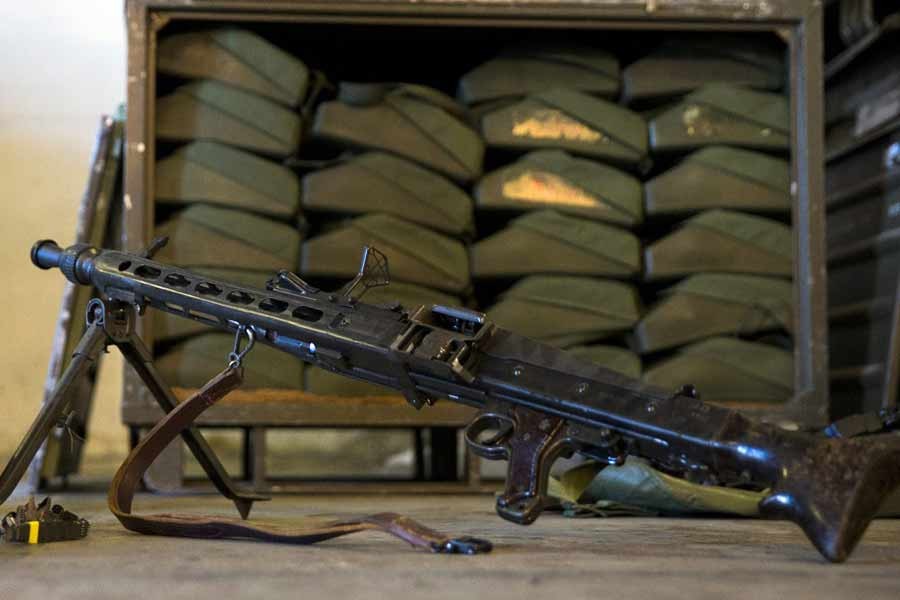‘Pakistan, Bangladesh, Algeria major recipients of Chinese arms’
Sweden-based SIPRI says

Published :
Updated :

Pakistan, Bangladesh and Algeria were the largest recipients of Chinese arms in last five years, according to new report on global arms transfers.
Sweden-based Stockholm International Peace Research Institute (SIPRI) said in the report, published on March 15, that arms exports by China, the world’s fifth largest arms exporter in 2016–20, decreased by 7.8 per cent during 2016–20 period in comparison with previous five years.
The report says the United States remains the largest arms exporter, increasing its global share of arms exports from 32 to 37 per cent between 2011–15 and 2016–20.
“The USA supplied major arms to 96 states in 2016–20, far more than any other supplier. Almost half (47 per cent) of US arms transfers went to the Middle East,” it said.
The SIPRI mentioned that Saudi Arabia alone accounted for 24 per cent of total US arms exports.
“The 15 per cent increase in US arms exports between 2011–15 and 2016–20 further widened the gap between the USA and second largest arms exporter Russia.”
The third and fourth largest exporters also experienced substantial growth between 2011–15 and 2016–20. France increased its exports of major arms by 44 per cent and accounted for 8.2 per cent of global arms exports in 2016–20. India, Egypt and Qatar together received 59 per cent of French arms exports.
Germany increased its exports of major arms by 21 per cent between 2011–15 and 2016–20 and accounted for 5.5 per cent of the global total. The top markets for German arms exports were South Korea, Algeria and Egypt.
Russia and China both saw their arms exports falling. Arms exports by Russia, which accounted for 20 per cent of all exports of major arms in 2016–20, dropped by 22 per cent (to roughly the same level as in 2006–10). The bulk—around 90 per cent—of this decrease was attributable to a 53 per cent fall in its arms exports to India.
The SIPRI informed that Middle Eastern arms imports grew by 25 per cent, driven chiefly by Saudi Arabia (+61 per cent), Egypt (+136 per cent) and Qatar (+361 per cent), between 2011–15 and 2016–20.
For the first time since 2001–2005, the volume of deliveries of major arms between countries did not increase between 2011–15 and 2016–20. However, international arms transfers remain close to the highest level since the end of the cold war.
“It is too early to say whether the period of rapid growth in arms transfers of the past two decades is over,’ said Pieter D. Wezeman, Senior Researcher with the SIPRI Arms and Military Expenditure Programme.
“For example, the economic impact of the Covid-19 pandemic could see some countries reassessing their arms imports in the coming years. However, at the same time, even at the height of the pandemic in 2020, several countries signed large contracts for major arms,” Pieter D. Wezeman added.


 For all latest news, follow The Financial Express Google News channel.
For all latest news, follow The Financial Express Google News channel.